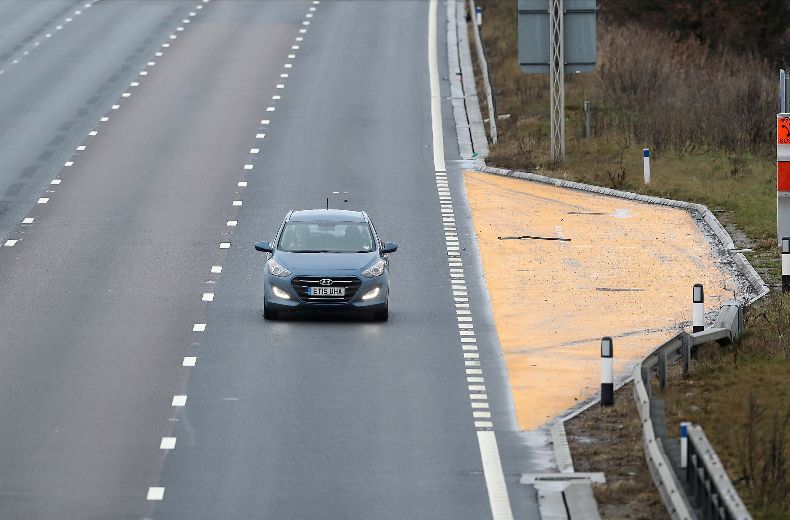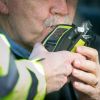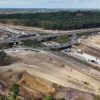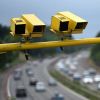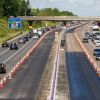During an announcement in which he brought forward the deadline for new Stopped Vehicle Detection (SVD) technology, Grant Shapps shared his frustrations with the expansion scheme.
He said: “I don't want to carry on with what we've seen of smart motorways, the system I've inherited... I wouldn't have gone about it like this, and I don't approve of the fact that emergency areas were being spaced way too far apart.
“I've said they have to be ideally three-quarters of a mile apart, no more than a mile, and I've ordered Highways England to get on with it.”
Despite the Transport Secretary’s request, nine projects with refuge areas between 1.04 and 1.39 miles apart were confirmed in November last year.
44 people have died on smart motorways over the last five years, and calls to reverse their construction are growing.
Meera Naran, who has campaigned for safer smart motorways described the projects as ‘‘absolutely unacceptable’’.
The senior lecturer lost her eight-year-old son Dev when an HGV collided with his grandfather’s car, which was stopped on a hard shoulder that was being used as a live lane on the M6 near Solihull.
Reports show that there was a two-and-a-half-mile gap between emergency refuge areas at the scene of the accident.
Mr Shapps told MPs that reversing work on smart motorways would mean acquiring land the equivalent of 700 Wembley stadium-sized football pitches, destroying swathes of Green Belt and buying up people's homes.
All-lane running (ALR) smart motorways are created by removing the hard shoulder to boost lane capacity. Overhead gantry signs warn of accidents in lanes ahead and emergency refuge areas are provided for vehicles to pull off the road.
The Transport Secretary told the Commons Transport Committee that work to install radar technology in live lanes will be rolled out across the entire network by the end of next year – an original March 2023 deadline was set last year.
The SVD systems are designed to detect a stopped vehicle in a live lane in around 20 seconds, through radar units monitoring motorway traffic in both directions.
Other plans for making motorways without a hard shoulder safer, include more lay-bys, and fines for drivers who ignore lane-closure signs.
Mr Shapps said: “Why these things were ever called smart motorways when they seemed to be anything but, I think was a misnomer.”
- Smart motorways – what they are and how to use them
- Motorway cameras – what you need to know
- Explained: how the RAC deals with smart motorway breakdowns
RAC head of roads policy Nicholas Lyes said: "While we’re very supportive of stopped vehicle detection technology, the success of it still depends on other drivers seeing and obeying red ‘x’ closed-lane signs.
"If drivers don’t see these because gantries or verge-mounted signs are too far apart, then there’s still a risk of collision with a stationary vehicle.
"We’d also like to see Highways England commit to a national programme of installing more SOS areas on the existing network so all refuge areas are consistent distances apart
"In addition, we’d like to know if the promise of additional traffic officer patrols has been fulfilled as this will be a crucial ingredient in providing extra protection for drivers that are unfortunate enough to be stranded in a dangerous live-lane scenario."
Leave a comment below to let us know whether you feel safe on smart motorways.
Get 30 driving tips that will save you money
Running a car isn’t cheap, but there are some easy things you can do to keep your costs down. Get these tips and more useful driving articles sent straight to your inbox now.



